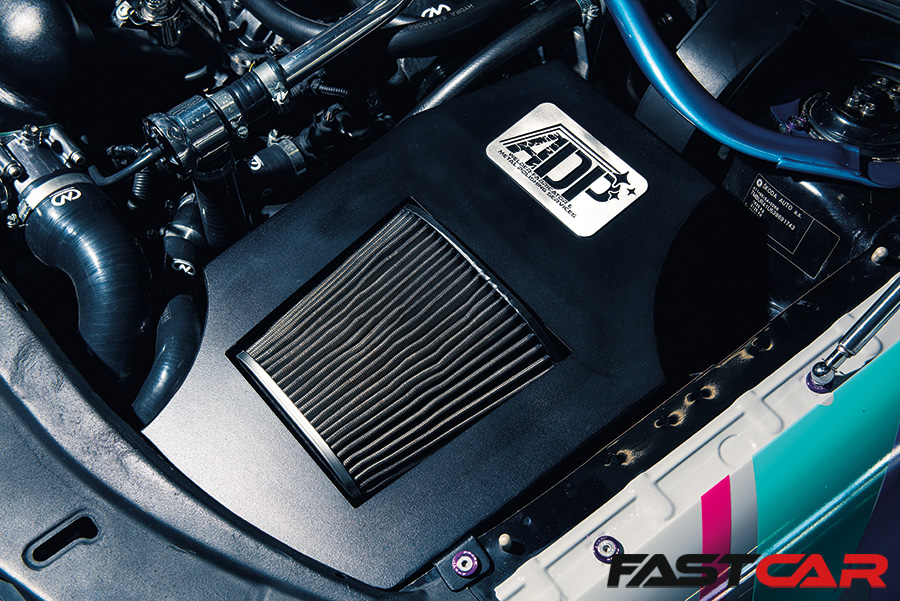In this induction kit guide, you’ll learn about why it’s one of the first mods enthusiasts make when tuning a car. Here’s everything you need to know about them.
What is an induction kit and what does it do?
An induction kit usually refers to the components used to replace the standard air box and cold air feed to the engine. An upgraded induction kit’s main function is to improve a vehicles performance, by improving its ability to feed cold fresh air to where the car needs it most. Simple but effective tuning, and often more effective than just changing the air filter.
Are induction kits all the same?
There are many different types of aftermarket performance air intake systems available. Whilst the aim of all the intake systems should be the same (to increase the air flow the engine), the designs and final results can be very different.
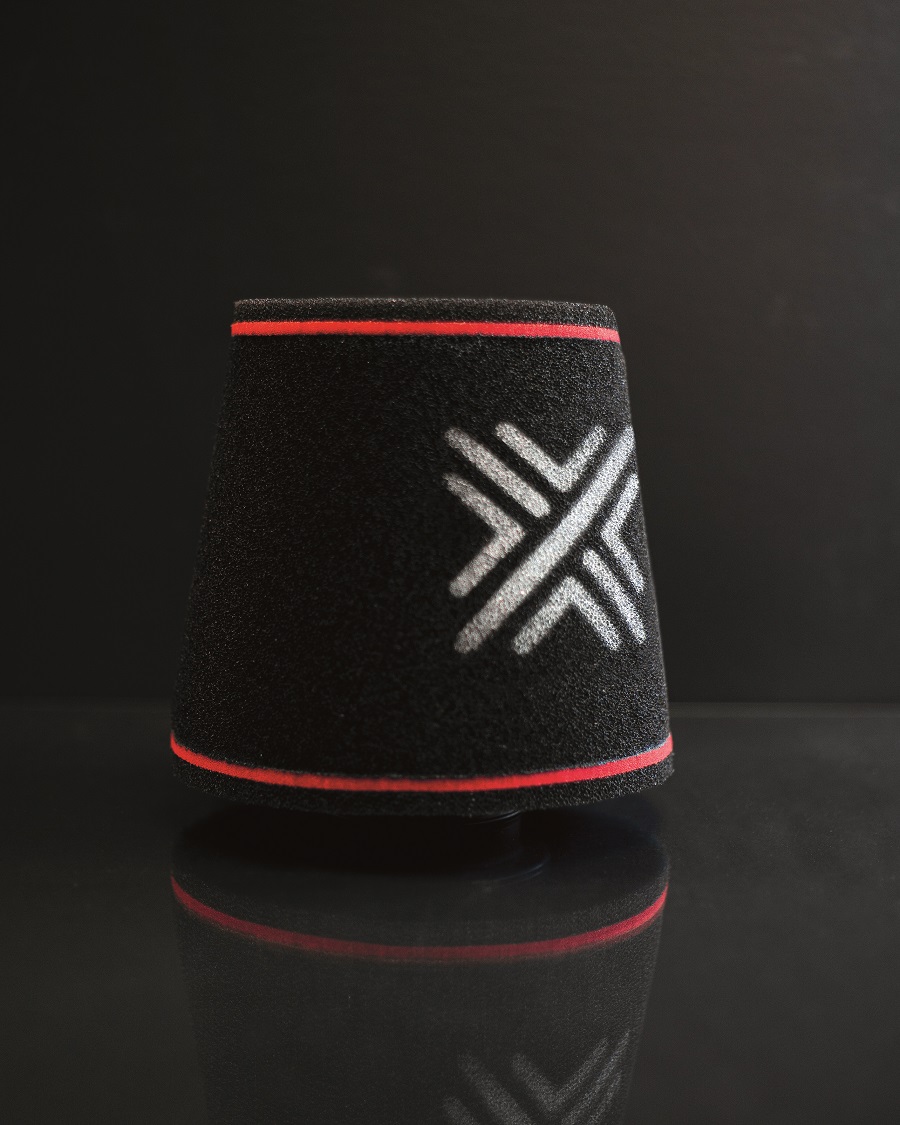
What are induction kits made of?
The two main components of an induction kit are the airbox and air filter. The airbox provides a housing for the air filter and channels cool air from outside the engine bay directly to the filter. It also has the added function of isolating the air from the effects of heat generated by the engine.
An air filter is essential to ensure that air drawn into the engine is clean and free from any contaminants that would potentially be harmful to an engine. There are many different shapes and sizes of filters used, dependent on the application (road car, desert rally car, etc).
It is common for most OEM manufacturers to use pleated paper panel filters in the induction system while aftermarket performance products tend to feature a cone or cylindrical shaped filter to increase the available surface area. The shape, size and material of the filter has an impact on the amount of air that is able to pass through it.
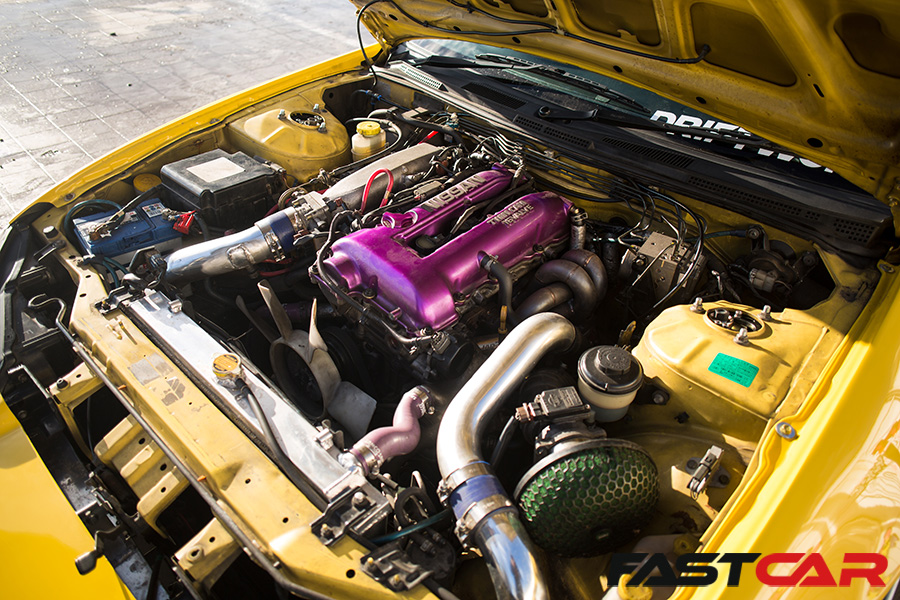
How do aftermarket induction kits differ to OEM intakes?
Usually they are larger and capable of flowing more air. Production cars are almost always built with compromises, so they are able to deal with harsh environments and bad fuel. Where these are not factors, and people have the desire to remap and gain more power, the cold air intake will give the car the air it needs to cope with the extra fuel a remap will require.
Why, or when, would you need to upgrade your induction kit?
In engine performance tuning, a method of increasing a vehicle’s engine performance is to increase the fuel used in the combustion process. This increase in fuel leads to an increased requirement of air to maintain the necessary air/fuel ratio. In some cases, the restriction posed by a vehicle’s standard intake system can limit the flow of air, hence the need for a performance induction kit.
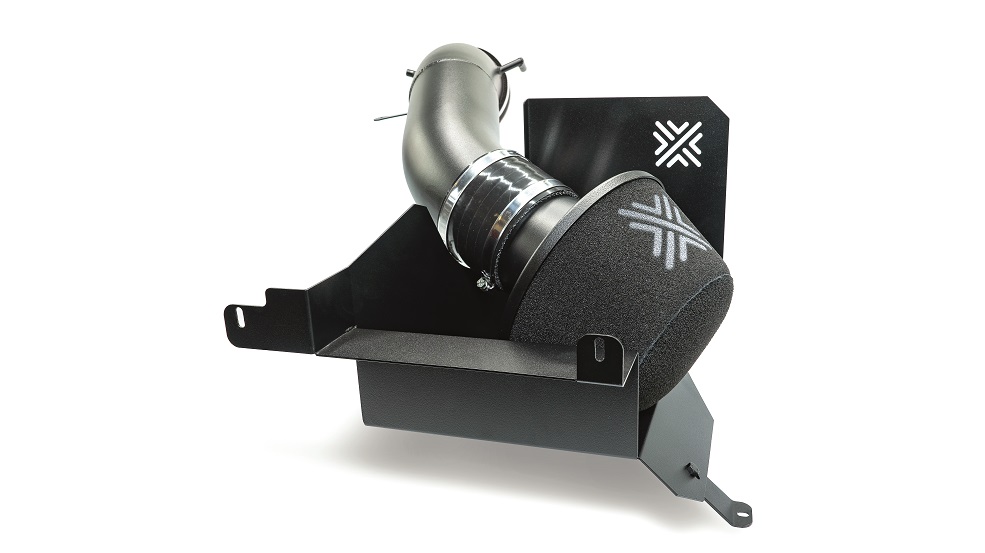
How important is it to get the right type of induction kit?
There are several options when deciding what induction modification to make to a vehicle. There are three main categories: First up, a panel filter upgrade, which uses the vehicle’s existing airbox and replaces the standard pleated paper filter with high-flow filter made from cotton gauze, synthetic material or foam.
Next is an open induction system, which removes the standard airbox and replaces it with a filter connected to the intake pipe mounted within the engine bay. Air drawn from within the bay where the air is warmer and less dense is detrimental to performance. The use of a heat shield segregates the filter element from the engine.
In the case of Pipercross’s performance intakes for example, the filter and pipework can been routed low down behind the front bumper to ensure that the filter receives cold air despite not being housed in an airbox.
A closed cold air intake is a performance airbox designed around the optimum sized filter for the performance gain required. Housing a filter in an airbox provides a constant flow of cool air to the filter, whilst shielding the filter from the high engine temperatures.
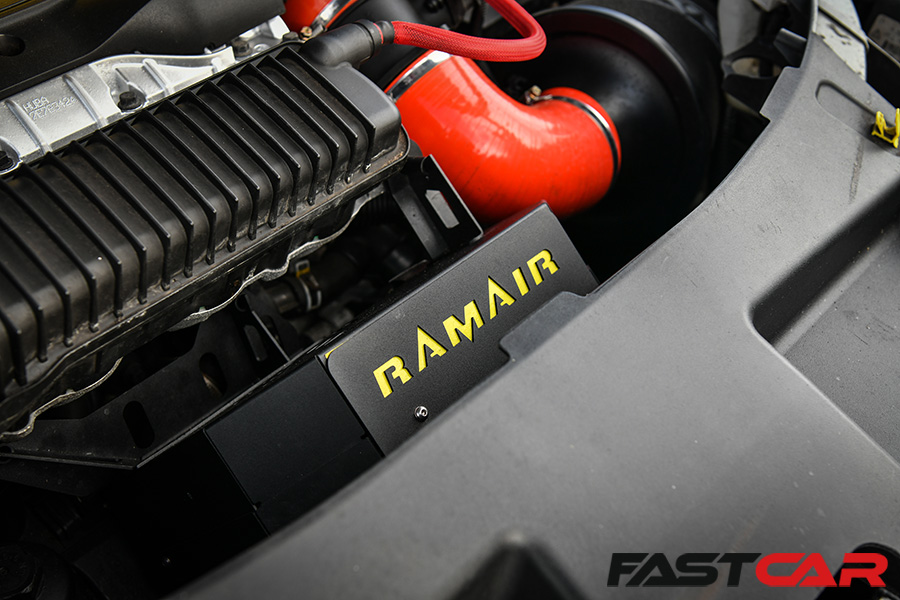
What are the limitations of OEM intakes? Do aftermarket induction kits suffer the same fate?
It boils down to compromise. Regulations imposed on car manufacturers limit the performance of OEM intakes. A lot of the restrictions in the standard airboxes are due to the need to remove noise from the induction system, which often disrupts airflow. What the designers didn’t have in mind were tuned cars needing to flow more air.
What other mods should you consider when upgrading your induction kit?
Just like many other aspects of your car, its induction system will work at its best with other optimized car breathing. This means it is essential to ensure that every element of the engine’s breathing system is also uprated to be freer flowing. From intercoolers, to pipework, throttle bodies, manifolds, exhaust system and even the head ports. Things like an uprated turbo, if applicable, would also be worthwhile, as would an ECU remap and possible fueling upgrades to match with the increase in airflow.
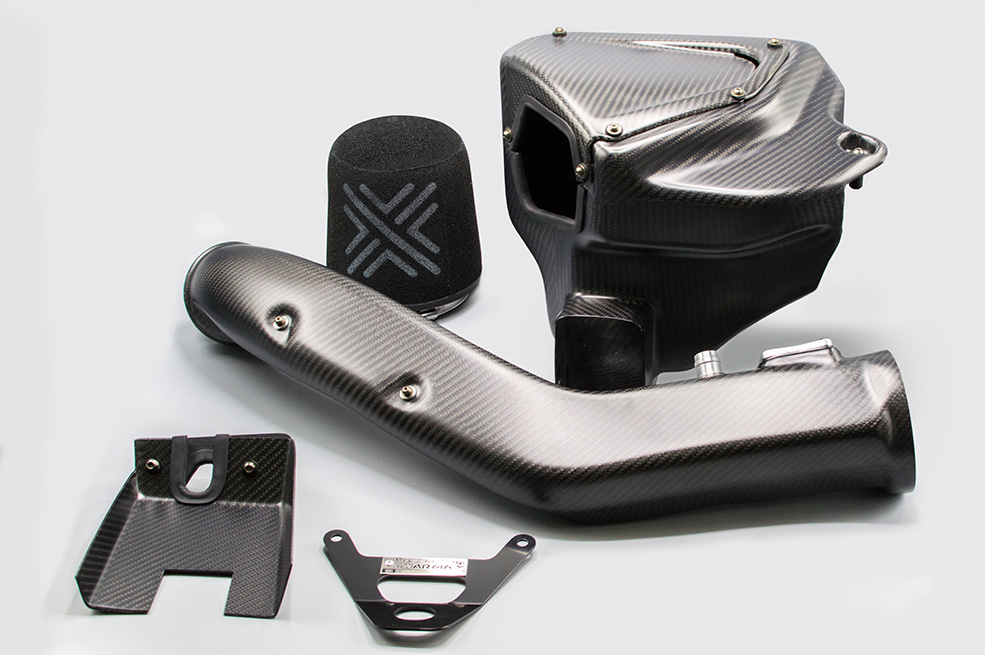
Are there any downsides to aftermarket induction kits?
An aftermarket induction system removes the restriction of air flowing to the engine. Due to this aftermarket intakes can be considerably louder than the standard one fitted to the vehicle. For the majority of people this is part of the allure of an induction kit, however some people may find this a nuisance. Also, some open induction systems, without the correct ducting to ensure a strong cold air feed, can actually end up losing power due to drawing in the hotter, less dense air from the engine bay.
What are the most important things to look out for when buying an induction kit?
Aside from choosing the right induction kit for your car, of course, always look for a trusted brand with experience in all forms of motorsport. The development path taken by these large teams eventually ‘filters’ down to road car applications. You should also consider the purpose of what you want the car to do. Street cruiser, trackday warrior, will noise be an issue? Consider warranties too, an established company with a good reputation will be far easier to deal with should you encounter any issues.

